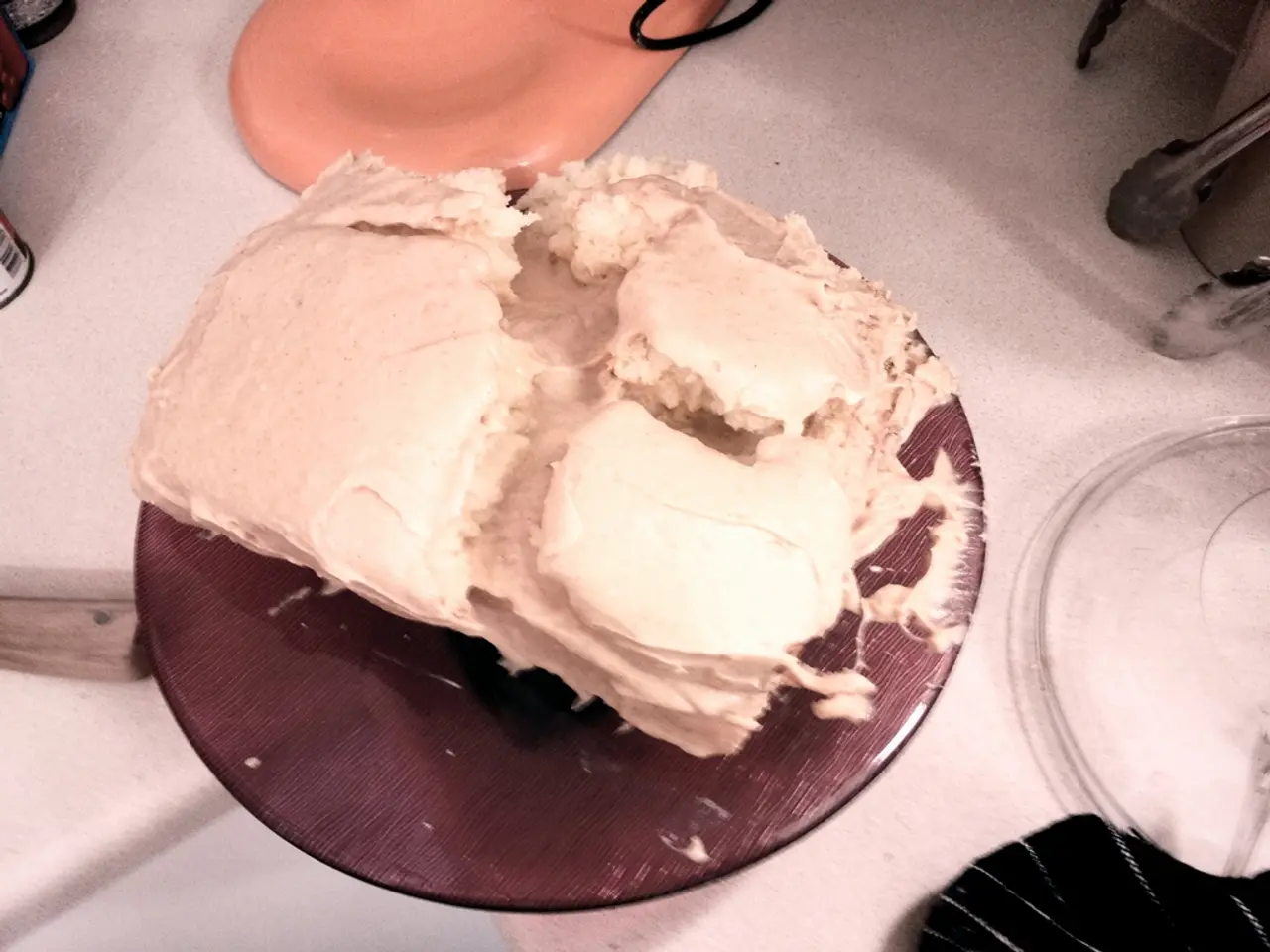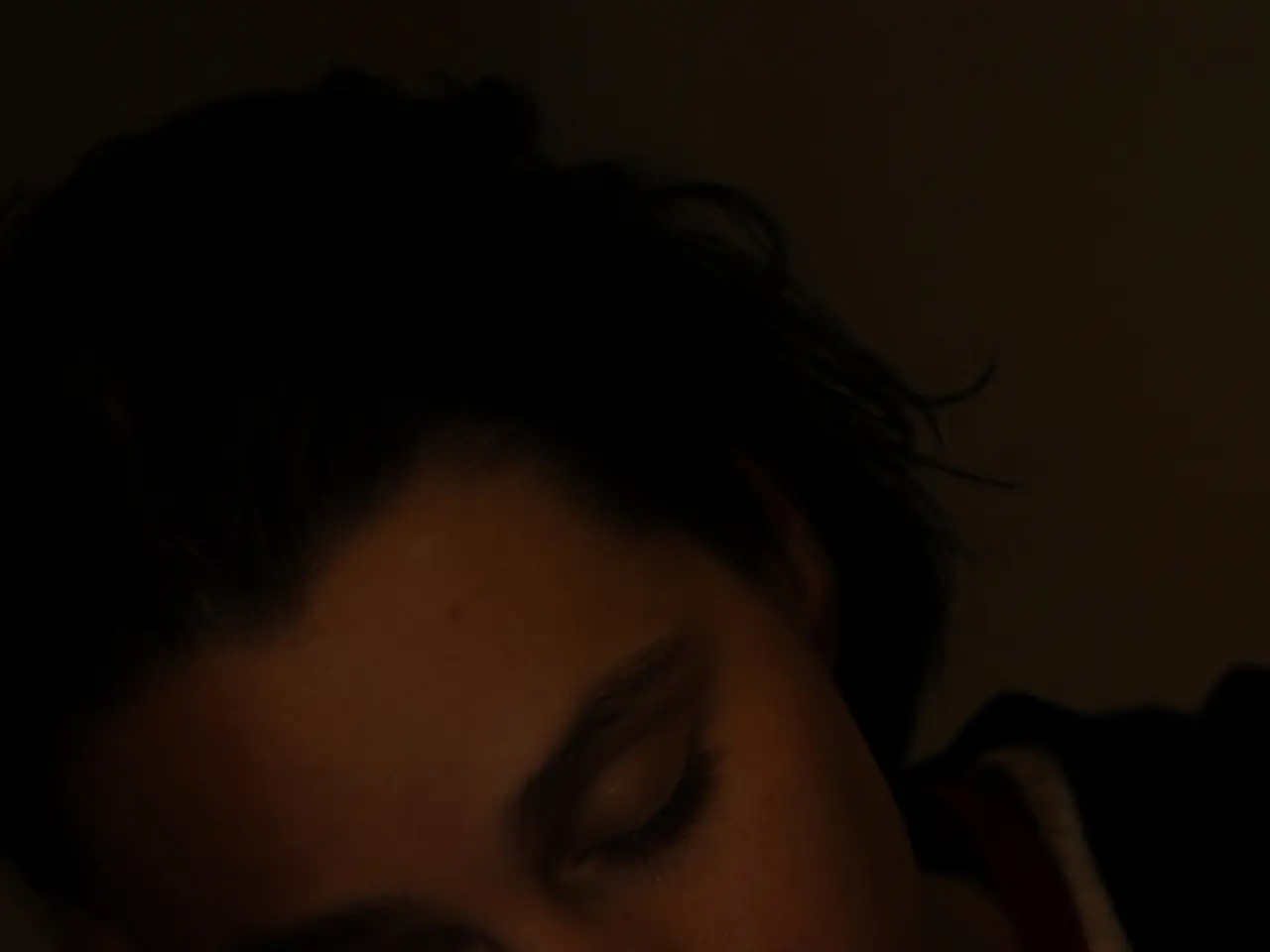Psoriasis affectin' the scalp: Signs, causes, and treatments
Scalp psoriasis, a chronic immune skin disease, affects up to 80% of people with psoriasis and can significantly impact quality of life due to pain, itching, and embarrassment [1][2]. Treatment options for scalp psoriasis are varied and often differ in approach or preference compared to treatments for psoriasis on other body regions, primarily due to the presence of hair and the distinct characteristics of the scalp.
## Common Treatment Options for Scalp Psoriasis
Treatment for scalp psoriasis typically involves a combination of topical therapies, systemic therapies, and light therapy.
- **Topical Therapies** - Corticosteroids, widely used for reducing inflammation and itching, are often available in foams or sprays for easier application to the scalp. - Keratolytics, such as salicylic acid, help remove scales and are commonly found in shampoos and foams. - Tar and anthralin improve scaling and inflammation but can be messy and are less preferred on the scalp due to hair. - Vitamin D analogs and retinoids modulate skin cell growth and inflammation. - PDE4 inhibitors, like Roflumilast, are newer non-steroidal options approved for chronic plaque and scalp psoriasis. Roflumilast foam or cream has shown efficacy and good tolerability in clinical trials, including rapid improvement even in difficult-to-treat cases [1][4].
- **Systemic Therapies** - Oral medications, such as methotrexate, cyclosporine, oral retinoids, and apremilast, are used for moderate to severe or resistant cases. - Biologics, injectable drugs that target specific immune pathways, are used for severe or widespread psoriasis.
- **Other Treatments** - Light therapy, while less commonly used for the scalp due to hair obstruction, can still be an option. - Shampoos, foams, and sprays with specialized formulations are designed for easier application to the scalp, improving adherence and efficacy.
## Comparison with Treatments for Other Body Regions
- **Topical Application** - Hair can interfere with the penetration and even application of creams, lotions, or ointments, making foams, sprays, and medicated shampoos preferred for convenience and efficacy on the scalp. - Creams, ointments, sprays, and lotions can be applied more easily and evenly to smooth skin on other body regions.
- **Systemic and Biologic Agents** - Systemic treatments and biologics are used for severe, extensive, or unresponsive psoriasis regardless of location.
- **Specialty Treatments** - Roflumilast is available as a cream for body and intertriginous areas and as a foam for scalp and seborrheic dermatitis, reflecting a need for different delivery methods based on body site. - Biologics and oral small molecules are equally effective for both scalp and body psoriasis, provided the disease is extensive or severe enough to warrant systemic therapy.
In summary, treatment options for scalp psoriasis are similar in principle to those for other body regions but are often adapted in form (foams, sprays, shampoos) to overcome the challenges posed by hair and the scalp's anatomy. Systemic and biologic treatments may be used for moderate to severe disease in both locations.
It is essential to remember that there is no cure for scalp psoriasis, but treatments can help manage symptoms effectively. Always consult a healthcare professional for personalised advice and treatment plans.
[1] Gohel, M., et al. (2021). A review of scalp psoriasis: Diagnosis, aetiology, and treatment. Journal of the European Academy of Dermatology and Venereology. [2] van de Kerkhof, P. P., et al. (2016). Scalp psoriasis: Epidemiology, clinical features, and quality of life. Journal of the European Academy of Dermatology and Venereology. [3] Feldman, S. R., et al. (2018). Guidelines of care for the management of psoriasis and psoriatic arthritis: Section 1. Overview of psoriasis and psoriatic arthritis. Journal of the American Academy of Dermatology. [4] Reich, K., et al. (2014). Efficacy and safety of roflumilast foam 0.3% in patients with chronic plaque psoriasis: A randomized, double-blind, vehicle-controlled, phase 3 trial. British Journal of Dermatology.
- Topical therapies, such as corticosteroids or keratolytics, are commonly used for scalp psoriasis, with foams or sprays often preferred due to ease of application on the scalp.
- Salicylic acid, a keratolytic, is commonly found in shampoos and foams designed for scalp psoriasis treatment.
- Roflumilast, a PDE4 inhibitor, is approved for treating chronic plaque and scalp psoriasis, and has shown efficacy and good tolerability, even in difficult-to-treat cases.
- Oral medications like methotrexate or apremilast are used for moderate to severe or resistant scalp psoriasis, while biologics are used for severe or widespread psoriasis regardless of location.
- Light therapy, while less common on the scalp due to hair obstruction, can still be an option for treating scalp psoriasis.
- Shampoos, foams, and sprays with specialized formulations are designed for easier application to the scalp, enhancing adherence and efficacy.
- There is no cure for scalp psoriasis, but treatment can effectively manage its symptoms; it's crucial to consult a healthcare professional for personalized advice and treatment plans.




